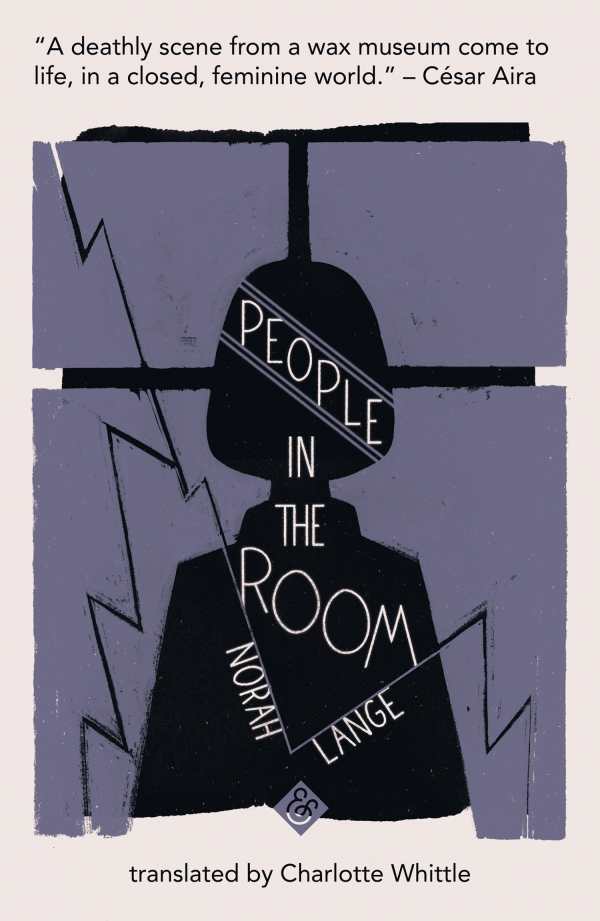People in the Room
Norah Lange’s People in the Room is a testament to the breadth of the imagination. A story within a story, its lines between reality and fantasy are obscured on a street in Buenos Aires.
From her window, an unnamed adolescent girl observes the house across the street and discovers three mysterious women. Almost by reflex, she begins crafting narratives around each of them, though she has never met them in person. In her mind, the ordinary takes on a mythic quality; she wonders why the three of them live together and seem to have no husbands or children. When a man does come to visit, she weaves an elaborate scenario of tortured love and passionate correspondence between him and one of the women, who—the girl thinks—either outright refuses him or is barred from returning his affections by one of her older sisters.
When she finally does get to visit the women, it is unclear if the visit is happening in reality or still within her imagination, though the latter seems more likely. She often wishes the women were dead. This sentiment is perhaps meant to preserve them in her mind, away from the world that is changing around her. Her family eventually sends her away for a while to cure her odd behaviors and fixations. Whether that works to their satisfaction remains ambiguous.
The writing is evocative and at times grotesque, suggesting an internalized fear of growing up and leaving behind the familiar. One of the sisters, to her horror, discovers a spider in her room, and this becomes a recurring image. This dreamlike quality runs throughout and is sustained beautifully in the translation.
People in the Room is a lyrical portrait of adolescence that bridges the innocence of childhood and the unknown of adulthood.
Reviewed by
Meagan Logsdon
Disclosure: This article is not an endorsement, but a review. The publisher of this book provided free copies of the book to have their book reviewed by a professional reviewer. No fee was paid by the publisher for this review. Foreword Reviews only recommends books that we love. Foreword Magazine, Inc. is disclosing this in accordance with the Federal Trade Commission’s 16 CFR, Part 255.

